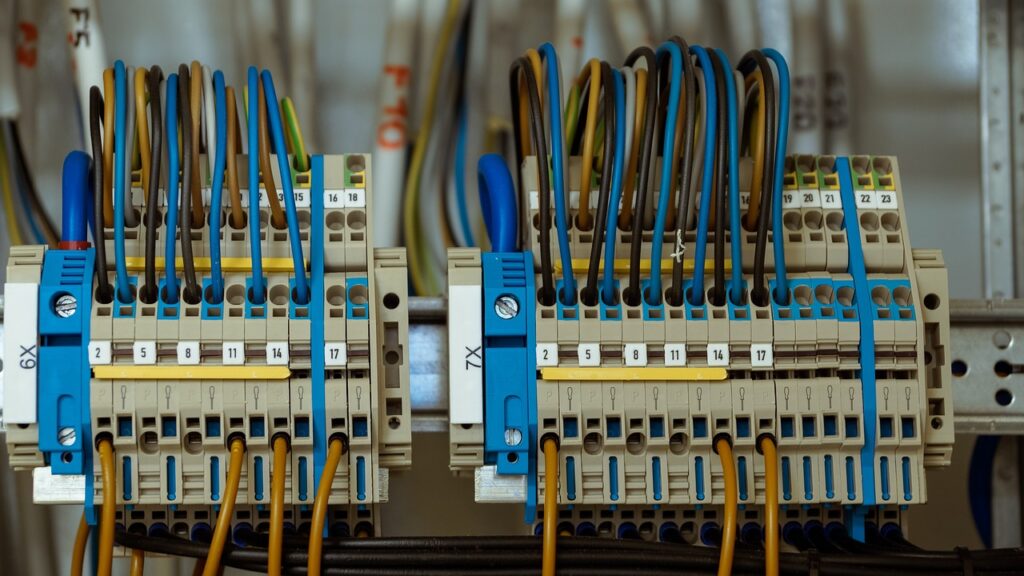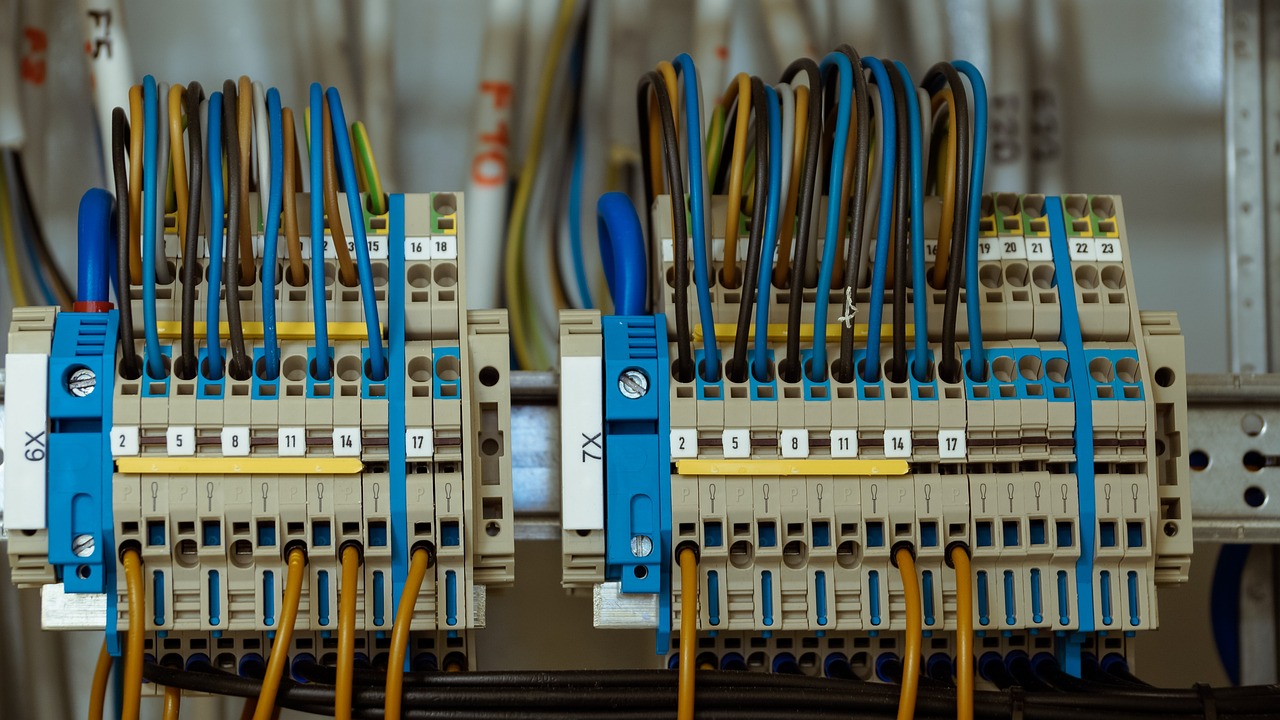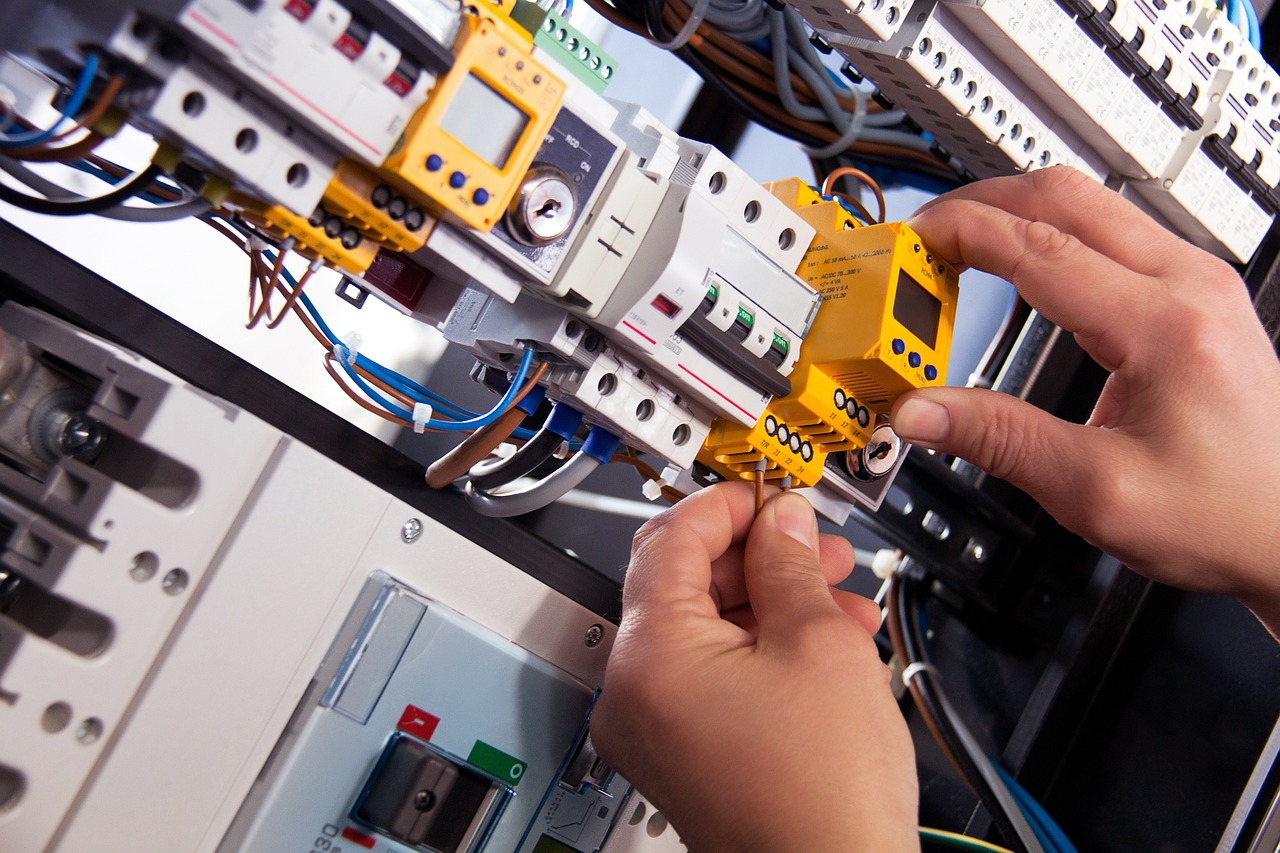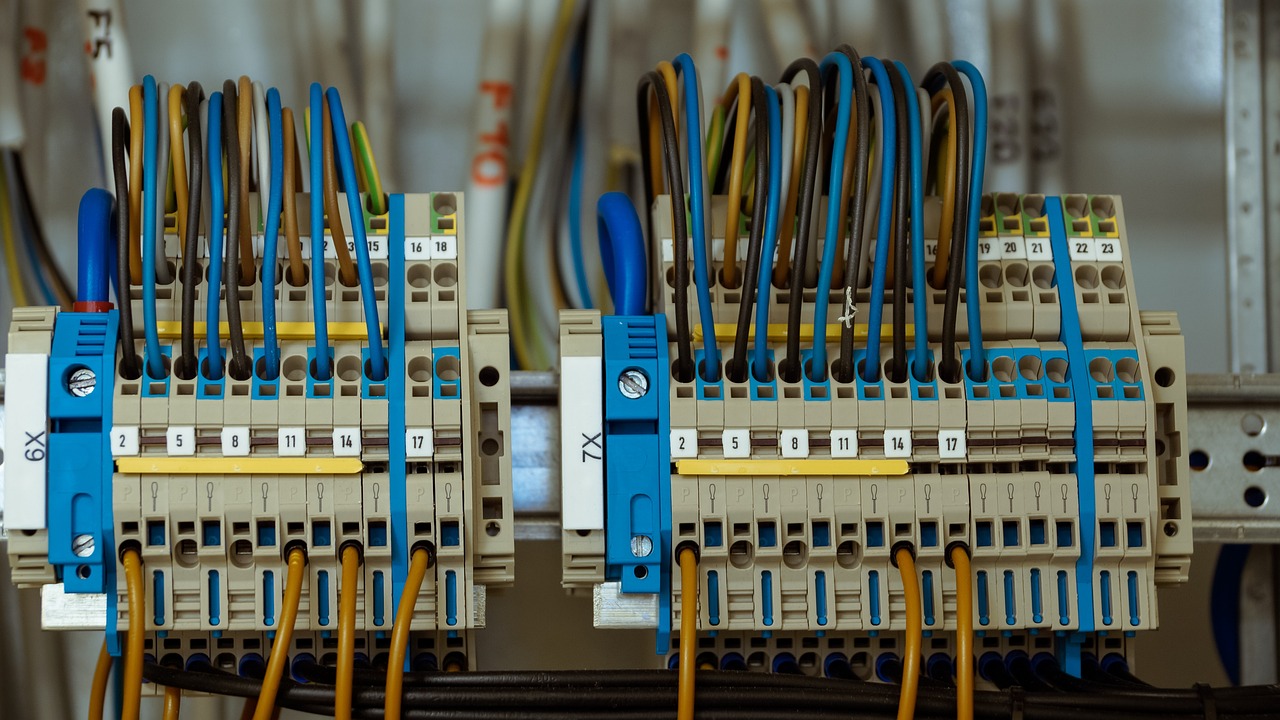Congratulations on completing the rewiring of your home! You’ve made a wise investment in your safety and the efficiency of your electrical system. However, before you start plugging in appliances and turning on lights, it’s important to conduct a thorough inspection to ensure that everything is in working order. This checklist will guide you through the important steps you need to take to make sure your rewiring is up to par.
The first step is to visually inspect all outlets, switches, and fixtures. Look for any signs of damage or wear and tear, such as cracks, discoloration, or loose connections. Make sure all covers are properly installed and secure. If you notice any issues, contact your electrician to have them addressed before using the outlet or fixture.
Once you’ve completed the visual inspection, it’s time to test the outlets and switches to ensure proper functioning. This will help you identify any faulty wiring or connections that could cause problems down the line.
With these simple steps, you can rest easy knowing that your rewiring project was a success and your home is now safer and more efficient.
Visual Inspection of Outlets, Switches, and Fixtures
Take a quick peek at your outlets, switches, and fixtures to make sure they’re all in tip-top shape! This is an essential step in ensuring that your home is safe from potential electrical hazards.
Look for any signs of wear and tear, such as loose outlets or switches, frayed wires, or broken fixtures. If you do notice any issues, it’s best to call in a professional to conduct a thorough inspection and make any necessary repairs.
Even if everything looks fine at first glance, it’s still a good idea to schedule a professional inspection every few years. This will give you peace of mind and help you catch any potential issues before they become major problems.
An electrician can check for hidden issues, such as faulty wiring, and make sure everything is up to code. By taking these steps to keep your electrical system in good shape, you can ensure the safety and comfort of your home for years to come.
Testing Outlets and Switches for Proper Functioning
Don’t get caught off guard with malfunctioning outlets and switches – make sure they’re working properly before you plug in your favorite electronics.
Start by checking the outlet polarity to ensure that the hot and neutral wires are connected correctly. You can use a simple outlet tester to do this. If the tester indicates an incorrect connection, immediately turn off the power to the outlet and call a licensed electrician to fix the problem.
Next, perform a voltage drop test on each outlet and switch to ensure they’re functioning properly. This test will help you identify any outlets or switches that may be causing a voltage drop, which can result in your electronics not working to their full potential.
To perform the test, simply insert the probes of a multimeter into the slots of the outlet or switch and measure the voltage. The voltage should be within 5% of the nominal voltage. If it’s not, then there may be a problem with the wiring or the outlet/switch itself, and you should call a licensed electrician to investigate further.
By taking these steps, you can ensure that your outlets and switches are working properly and avoid any potential hazards.
Checking Light Fixtures for Proper Mounting and Wattage
Make sure your light fixtures are securely mounted and using the correct wattage to avoid any potential safety hazards and ensure proper lighting in your space.
Check if your light fixtures are mounted properly and securely. If they’re loose, they may fall and cause damage or even injury. Use a screwdriver or wrench to tighten any loose screws or bolts.
It’s also important to choose energy-efficient bulbs and upgrade outdated light fixtures. Energy-efficient bulbs help reduce your energy consumption and lower your electricity bills. LED bulbs are a great option as they last longer and are more energy efficient compared to traditional incandescent bulbs.
Upgrading outdated light fixtures not only improves the aesthetic appeal of your space but also ensures safety and functionality. Make sure to consult with a licensed electrician to properly install any new fixtures.
Ensuring Proper Grounding of Electrical System
Ensuring that your electrical system is properly grounded is crucial for maintaining a safe and functional home. Grounding safety is an essential part of the electrical code compliance.
Grounding involves connecting the electrical system to the earth through a grounding wire, which helps in diverting the excess electrical current to the earth. This way, the electrical system remains safe from electrical surges and faults, which can cause damage to appliances, fires, and even electric shock.
To ensure proper grounding of your electrical system, you must have a licensed electrician inspect your wiring and ground connections regularly. The electrician will check the grounding connection in your main panel and other components like outlets and switches.
If you have an older home, you may need to upgrade your electrical system to meet the current code requirements. By ensuring proper grounding of your electrical system, you can rest assured that your home is safe and functional.
Scheduling Follow-Up Maintenance with Electrician
It’s important to prioritize scheduling follow-up maintenance with your electrician to guarantee the safety and longevity of your electrical system.
After your rewiring project, your electrician should provide you with a schedule for future check-ups and maintenance. This schedule will help you keep track of when your system needs attention and ensure that your electrical system stays in good condition.
To make sure that you don’t miss any scheduled maintenance, consider setting up scheduling reminders with your electrician. You can schedule reminders to be sent to you by email or text message, and these reminders will help you remember when it’s time to call your electrician for maintenance.

Additionally, it’s important to maintain good communication with your electrician to stay informed about any changes or updates to your electrical system. By working closely with your electrician and following their recommended maintenance schedule, you can ensure that your electrical system stays safe and functional for years to come.
Frequently Asked Questions
What are the common signs that indicate the need for a rewiring project in a house?
If you notice flickering lights, frequent power outages, or burning smells, these are common rewiring indicators. Prevent electrical hazards by rewiring your house before it’s too late.
How long does a typical rewiring project take to complete, and what factors can affect the duration?
Rewiring a house can take anywhere from a few days to a few weeks, depending on the size and complexity of the project. Factors affecting rewiring duration include the age of the house, the condition of the wiring, and the accessibility of the wiring. Benefits of rewiring for home safety include reduced risk of electrical fires and improved electrical performance.
Can homeowners perform a rewiring project on their own, or is it always necessary to hire a professional electrician?
If you have the necessary electrical knowledge, you can attempt DIY rewiring. However, it’s always recommended to hire a professional electrician for safety reasons. If you do choose to DIY, make sure to follow safety guidelines and regulations.
How much does a rewiring project usually cost, and are there any financing options available for homeowners?
You may need to shell out around $8,000 to $15,000 for a complete house rewiring. Financing options include personal loans, home equity loans, and credit cards. Cost estimation may vary depending on your home size, age, and complexity of the project.
What are the safety precautions that homeowners should take during and after a rewiring project to prevent electrical hazards?
To ensure electrical safety after a rewiring project, homeowners should follow these home maintenance tips: check for loose outlets or switches, label the breaker box, and install GFCI outlets in wet areas.
Conclusion
Now that you’ve completed the rewiring process in your home, it’s important to conduct a thorough post-rewiring checklist to ensure that everything is functioning properly and safely.
Take a visual inspection of all your outlets, switches, and fixtures to make sure they’re free from any damage or defects. Test each outlet and switch to make sure they’re functioning properly and replace any that aren’t. Check your light fixtures to make sure they’re properly mounted and using the correct wattage.
It’s also important to ensure that your electrical system is properly grounded. This is a crucial step in keeping your home safe from potential electrical hazards. If you notice any issues with grounding, contact your electrician immediately.
Finally, schedule a follow-up maintenance appointment with your electrician to ensure that everything continues to function properly in the future.
By completing this checklist, you can have peace of mind knowing that your home’s electrical system is functioning safely and efficiently.



